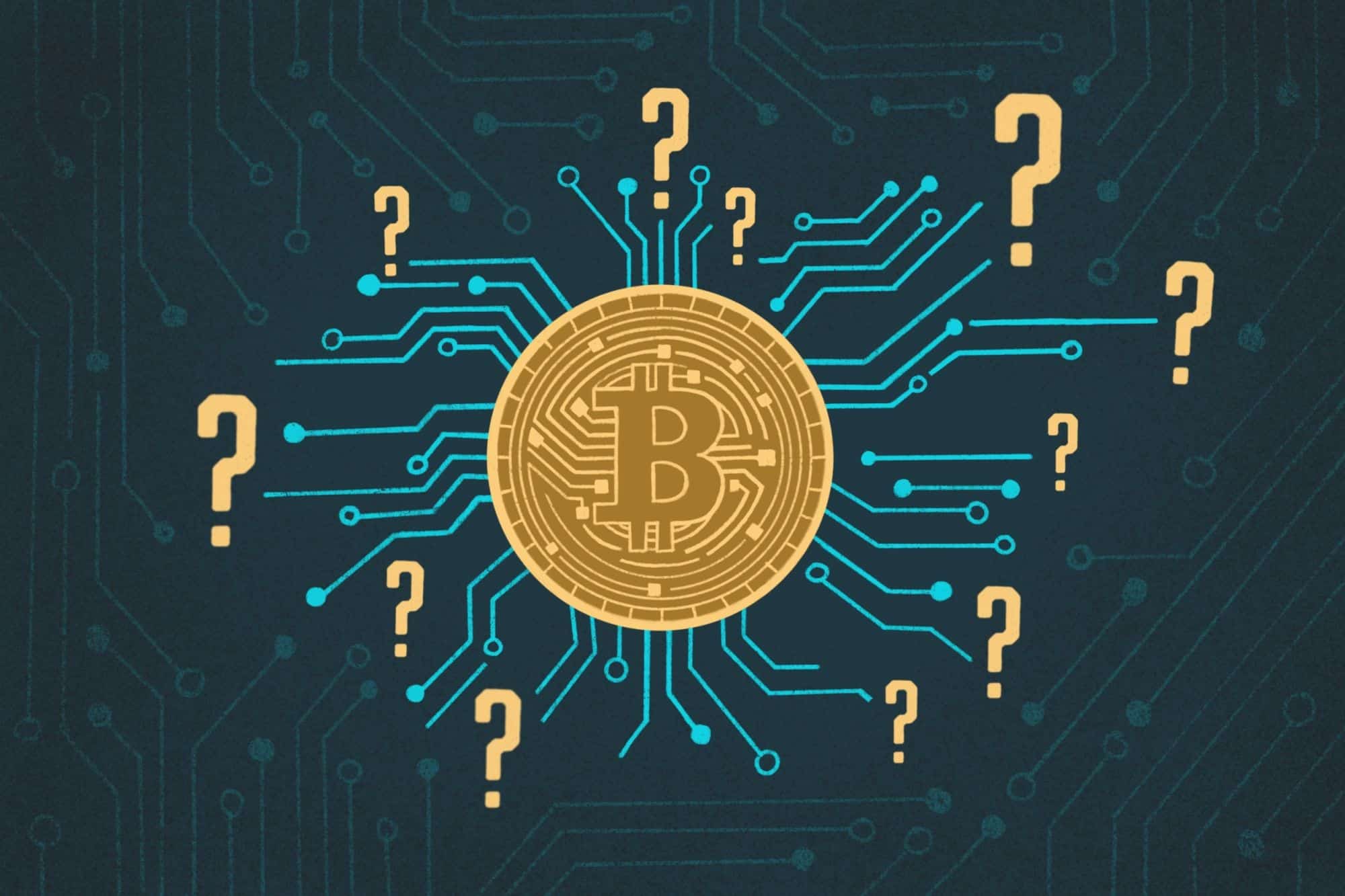
Unraveling the Mystery: Hard Forks vs. Soft Forks in Cryptocurrency Explained
Cryptocurrencies such as Bitcoin and Ethereum depend on a blockchain, a decentralized open-source program that may be modified through a fork. A fork modifies the blockchain’s underlying protocol that developers or community members introduce. Updating to the most recent protocol version necessitates node operators validating blockchain transactions.
Forks are classified into two types: hard and soft. A hard fork is a drastic update that may result in a permanent chain split and necessitates upgrading all validators to a newer version. A soft fork, on the other hand, is a backward-compatible update that allows validators in an earlier chain version to view the latest version as legitimate. Since they share the same history, those with tokens on the old chain are issued tokens on the new one. Hard forks may occur for a variety of reasons.
Recognizing hard forks
Blockchain technology is a digital ledger that connects data blocks in a chain. Before adding additional blocks to the blockchain, the network validators verify each block. A hard fork happens when the most recent version of a blockchain irrevocably diverges, resulting in two distinct network versions running concurrently. Consequently, the old version no longer accepts the new version as genuine, resulting in a chain split. Hard forks are risky because they often expose a less secure network to assaults. A 51% assault occurs when malicious actors with more than 51% of processing power modify the history of a blockchain. Another vulnerability that might emerge during hard forks without replay attack mitigation is replay attacks.
What causes hard forks?
Regardless of the security dangers, hard forks are required for the continuous advancement of blockchain technology. Hard forks may occur for various reasons, including the addition of functionality, the correction of security issues, the resolution of community conflicts, or the reversal of transactions. Although inadvertent hard forks sometimes occur, they are usually swiftly resolved, and upgrades may enable individuals who have fallen out of consensus to rejoin the main chain. Hard forks are an essential part of blockchain growth and evolution.
Accidental hard forks
Accidental hard forks on the Bitcoin blockchain are relatively rare, although they are generally handled fast and quietly. These forks occur when two miners nearly simultaneously locate the same block, resulting in distinct chains being mined until a later block establishes, which is longer. Miners disregard the abandoned chain and go to the longer chain. Although the miner who discovered the abandoned block forfeits their rewards, no transactions are invalidated. Hard forks may also be caused by code flaws, as demonstrated in 2013 when a block with more transaction inputs than typical resulted in a short-chain split finally resolved by consensus.
The distinction between hard and soft forks
Soft forks are a secure and backward-compatible method of upgrading the software of a cryptocurrency without invalidating the chain for non-upgraded nodes. They enable the addition of new features and functionalities without affecting the fundamental laws of the blockchain. Consider essential operating system updates on a device where all programs continue operating with the latest version. On the other hand, hard forks need a complete switch to a new operating system.
Notable hard fork examples
There have been several cryptocurrency hard forks, and not all happened on the Bitcoin network. These are history’s most popular complicated divisions and how they influenced the company.
The DAO Hack
The Ethereum network created the decentralized autonomous organization (DAO) in 2016, which collected $150 million in ETH via one of the first crypto crowdfunding operations. The DAO foreshadowed decentralized governance models in DeFi protocols, in which token holders vote on the protocol’s destiny. On the other hand, the DAO was hacked, resulting in the loss of $60 million in ETH from 11,000 investors, sparking a discussion in the Ethereum community over how to react. A soft fork was first offered, but the attacker threatened to bribe ETH miners with the proceeds. A hard fork was eventually executed to roll back the history of the Ethereum network and reallocate the stolen assets to a smart contract. This contentious decision culminated in the launch of Ethereum Classic (ETC).
Hashrate Wars: ABC vs. SV
Bitcoin Cash developed from a hard split of the Bitcoin network in 2017. Disagreements within its community resulted in the network splitting into two networks, Bitcoin Cash ABC and Bitcoin Cash SV. Miners competed for hash-rate superiority in the fight for the BCH ticker symbol. Bitcoin Cash ABC eventually gained most of the hash rate, preserving the BCH ticker, while Bitcoin Cash SV became BSV.




